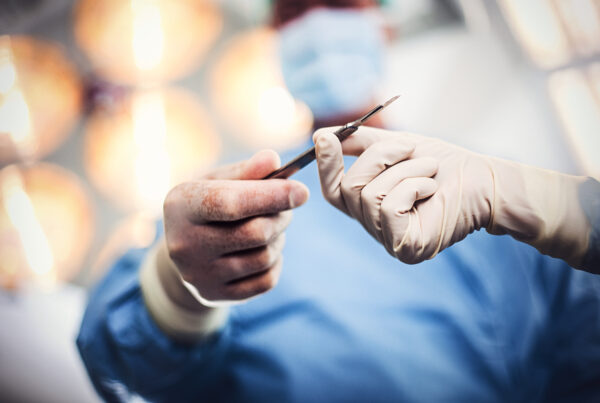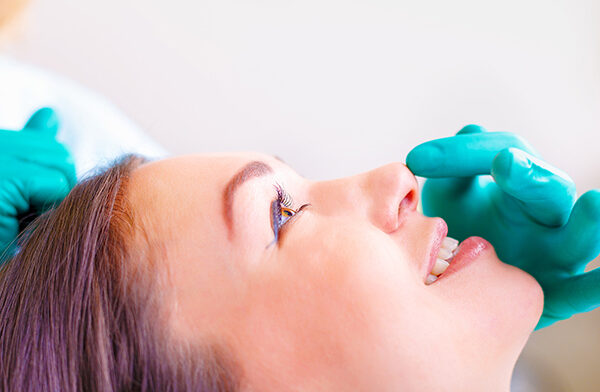Breast implants or breast lift: what are the differences: Dr. Cesare Cappellina answers

Dr Cesare Cappellina replie to your doubts
Usually patients come to our clinic very well informed: thanks to the Internet they are able to access a lot of information in an easy and complete way. Most of the time this helps us, allowing us to tune into certain topics faster. Much more often, however, the famous “dr Google” creates confusion and false alarmism. Even more so, when we talk about breast implant we enter a delicate field, where specific knowledge is required, in order to indicate the most suitable surgical intervention to the patient.
There is often confusion regarding the concept of mammoplasty: patients think that the only treatment option to improve the breast situation is the implantation of breast implants, neglecting that a sagging breast, so-called ptotic, would not benefit from an increase measurement after the use of prostheses, indeed.
1) what are the differences between breast augmentation and breast lift/mastopexy?
Breast augmentation consists in the implantation of breast implants, positioned below the mammary gland or the pectoral muscle, depending on the indications: if the breast tissue is sufficiently thick, the implantation of prostheses under the gland may be indicated mammary.

If, on the other hand, the thickness is minimal, it is preferable to implant a prosthesis below the pectoral muscle, to avoid excessive visibility of the prosthesis. Different types of breast implants can be used, in projection size and cohesion, but generally they are divided according to the shape into round and anatomical implants. The different positioning planes of the breast, subglandular and submuscular prosthesis.

The incision routes for inserting breast implants can be at the level of the inframammary sulcus, along the lower edge of the areola and at the axillary level.

Breast implants axcess
breast lift is a different operation: when a patient complains of a breast fall, the so-called ptosis, which can occur after pregnancy or an excessive weight loss, the simple implantation of prostheses would only worsen the situation, weighing down the breast and making the fall worse.

The mammary gland therefore needs to be repositioned and rearranged. This operation allows the nipple areola complex to rise back to its natural position, i.e. approximately 18/19 cm from the jugule. When we visit a patient we use a metrino that allows us to evaluate the effective jugular-nipple distance and to decide which mastopexy technique is the most appropriate. In fact, it is good to explain to the patient that, in the event of a breast ptosis, an improvement in the shape and an ascent of the nipple cannot be obtained without having scars.
The type of scars depends on the degree of breast fall
While a pseudoptosis, that is a slight descent of the areola-caezzolo complex, can benefit only from the use of breast implants, especially anatomical, which expands and lifts the lower part of the breast more, a greater descent of the nipple provides for scars, which can be around the areola at 360 degrees, the so-called tobacco bag or Benelli’s Round Blok, the scar around the areola and vertical, up to the classic inverted T, the so-called Pitanguy.

The moment of the visit to our office therefore assumes a fundamental importance in order to understand which is the most suitable technique to solve the imperfection: if the breast is emptied but not fallen, and this happens most of the time when the volume of the breast it is small and does not exceed the second size, the insertion of a breast prosthesis can be sufficient and an excellent solution. If, on the other hand, there is a fall of the nipple areola complex and a descent of the mammary gland, it is necessary to intervene by reshaping the breast in the so-called mastopexy. Through the mastopexy the mammary gland is repositioned in its natural position, without the implantation of prostheses
What are the pros and cons?
While in breast augmentation we use minimal scars, described previously, as access, more evident scars can be expected in breast lift; however, it is true that mastopexy is a definitive surgery, apart from the need to perform minor corrections. When instead we insert a breast prosthesis, we always tell the patient that she is starting a path: the duration of a prosthesis is statistically 10/15 years, not so much for the rupture of the prosthesis, a possible eventuality, but more for the capsular contracture, the complication which is relatively the major cause of replacement of the prosthesis:


